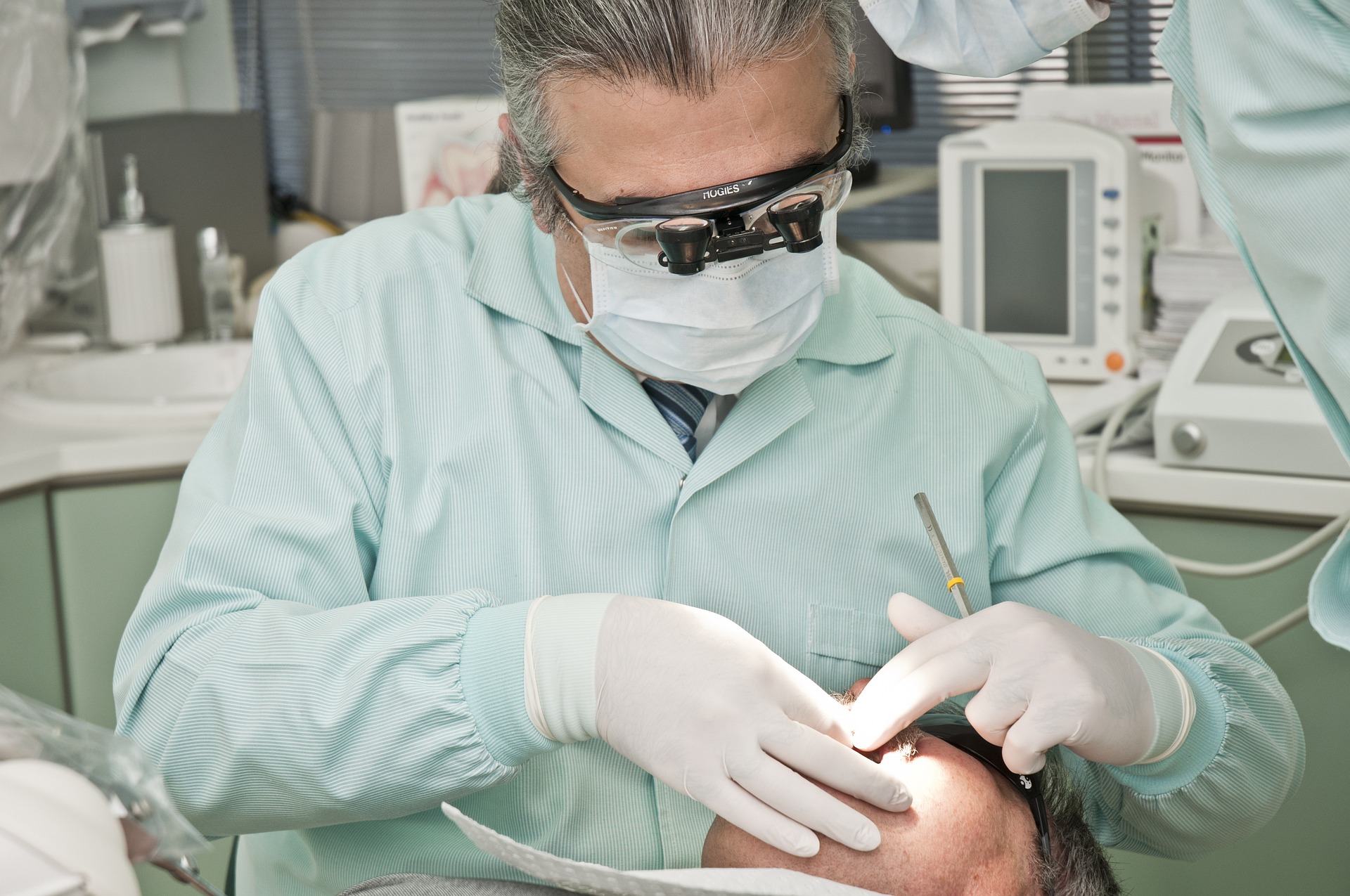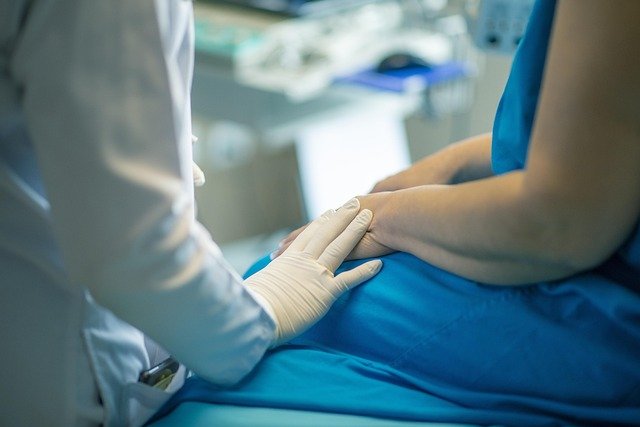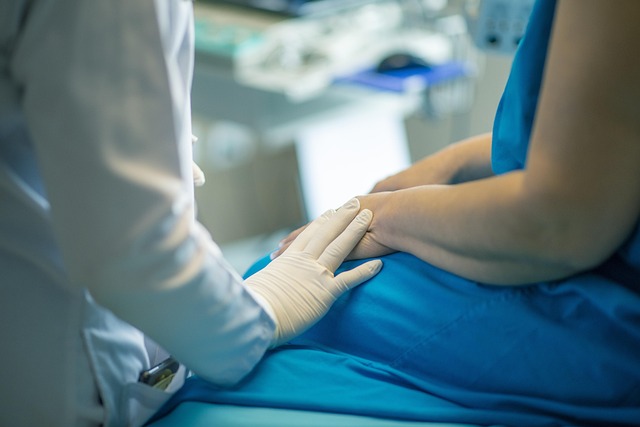Understanding Abdominal Aortic Aneurysm (AAA) Treatment. Why AAA Requires Attention?
An abdominal aortic aneurysm (AAA) is a potentially life-threatening condition in which the lower part of the aorta—the body’s main blood vessel—becomes enlarged and weakened. If left untreated, an aneurysm can rupture, leading to massive internal bleeding. Because AAAs often develop silently without symptoms, early detection and proactive treatment are critical for saving lives.

An abdominal aortic aneurysm occurs when the wall of the aorta, the body’s largest artery, becomes weakened and begins to bulge outward like a balloon. This condition typically develops slowly over years and often remains asymptomatic until it reaches a critical size or ruptures. Understanding the treatment options and risk factors associated with AAA is essential for making informed healthcare decisions and potentially saving lives.
Who Is at Risk?
Several factors increase the likelihood of developing an abdominal aortic aneurysm. Age plays a significant role, with individuals over 65 being at higher risk. Men are four to six times more likely to develop AAA than women, and smoking represents the most significant modifiable risk factor. Family history of aneurysms, high blood pressure, atherosclerosis, and certain genetic conditions also contribute to increased risk. Additionally, people with a history of peripheral artery disease or previous aneurysms in other locations face elevated chances of developing AAA.
Medical Management of AAA
For smaller aneurysms that do not require immediate surgical intervention, medical management focuses on controlling risk factors and monitoring progression. Regular imaging surveillance using ultrasound or CT scans helps track aneurysm growth over time. Blood pressure management through medications such as ACE inhibitors or beta-blockers helps reduce stress on the arterial wall. Cholesterol-lowering medications, particularly statins, may help slow aneurysm growth and reduce cardiovascular risk. Smoking cessation remains the most critical intervention, as continued smoking significantly accelerates aneurysm expansion and increases rupture risk.
Surgical Treatment Options
When aneurysms reach 5.5 centimeters in diameter or show rapid growth, surgical repair becomes necessary to prevent rupture. Two primary surgical approaches exist: open surgical repair and endovascular aneurysm repair (EVAR). Open repair involves replacing the weakened section of the aorta with a synthetic graft through a large abdominal incision. This traditional approach offers durability but requires longer recovery time. EVAR, a minimally invasive procedure, involves inserting a stent-graft through small incisions in the groin arteries. This approach typically results in shorter hospital stays and faster recovery but may require ongoing surveillance for potential complications.
| Treatment Type | Provider Examples | Cost Estimation |
|---|---|---|
| Open Surgical Repair | Mayo Clinic, Cleveland Clinic | $30,000 - $60,000 |
| Endovascular Repair (EVAR) | Johns Hopkins, Mount Sinai | $35,000 - $70,000 |
| Medical Management | Local Vascular Specialists | $2,000 - $5,000 annually |
| Surveillance Imaging | Regional Medical Centers | $500 - $1,500 per scan |
Prices, rates, or cost estimates mentioned in this article are based on the latest available information but may change over time. Independent research is advised before making financial decisions.
Lifestyle Modifications and Prevention
Preventing AAA development or slowing its progression involves adopting heart-healthy lifestyle practices. Smoking cessation stands as the most important preventive measure, as tobacco use significantly increases both aneurysm development and growth rates. Regular exercise helps maintain cardiovascular health and may reduce aneurysm expansion risk. A diet rich in fruits, vegetables, and whole grains while limiting saturated fats supports overall vascular health. Managing diabetes, maintaining healthy blood pressure levels, and controlling cholesterol through diet and medication when necessary all contribute to reducing AAA risk. Regular medical checkups allow for early detection through screening programs, particularly for high-risk individuals.
Conclusion: Proactive Care Saves Lives
Abdominal aortic aneurysms require serious attention due to their potential for catastrophic rupture and death. Early detection through appropriate screening, careful monitoring of smaller aneurysms, and timely surgical intervention for larger ones significantly improve patient outcomes. The combination of medical management, lifestyle modifications, and surgical treatment when indicated offers the best approach to managing this condition. Understanding personal risk factors and maintaining regular communication with healthcare providers enables individuals to make informed decisions about their vascular health and potentially prevent life-threatening complications.
This article is for informational purposes only and should not be considered medical advice. Please consult a qualified healthcare professional for personalized guidance and treatment.




